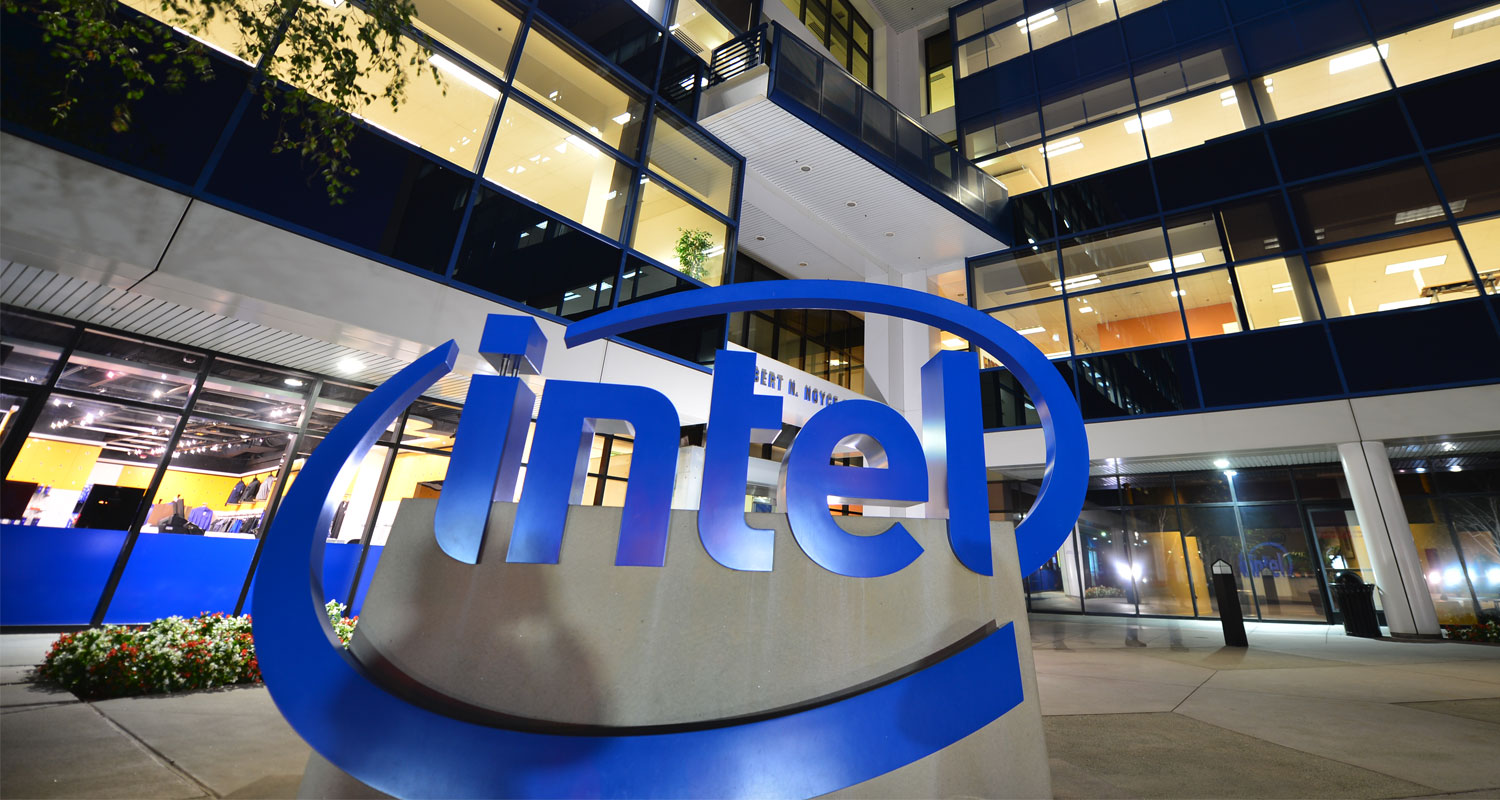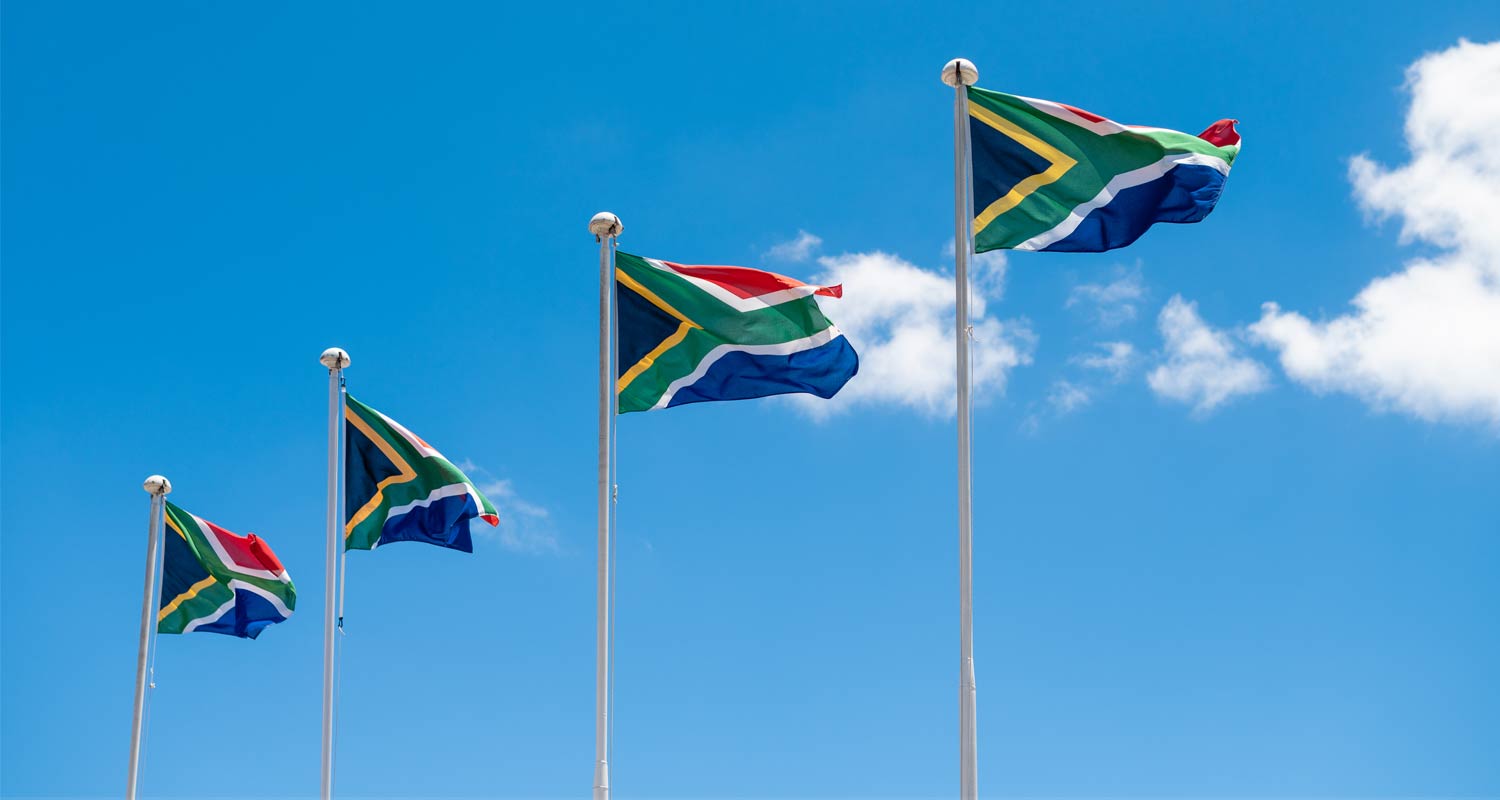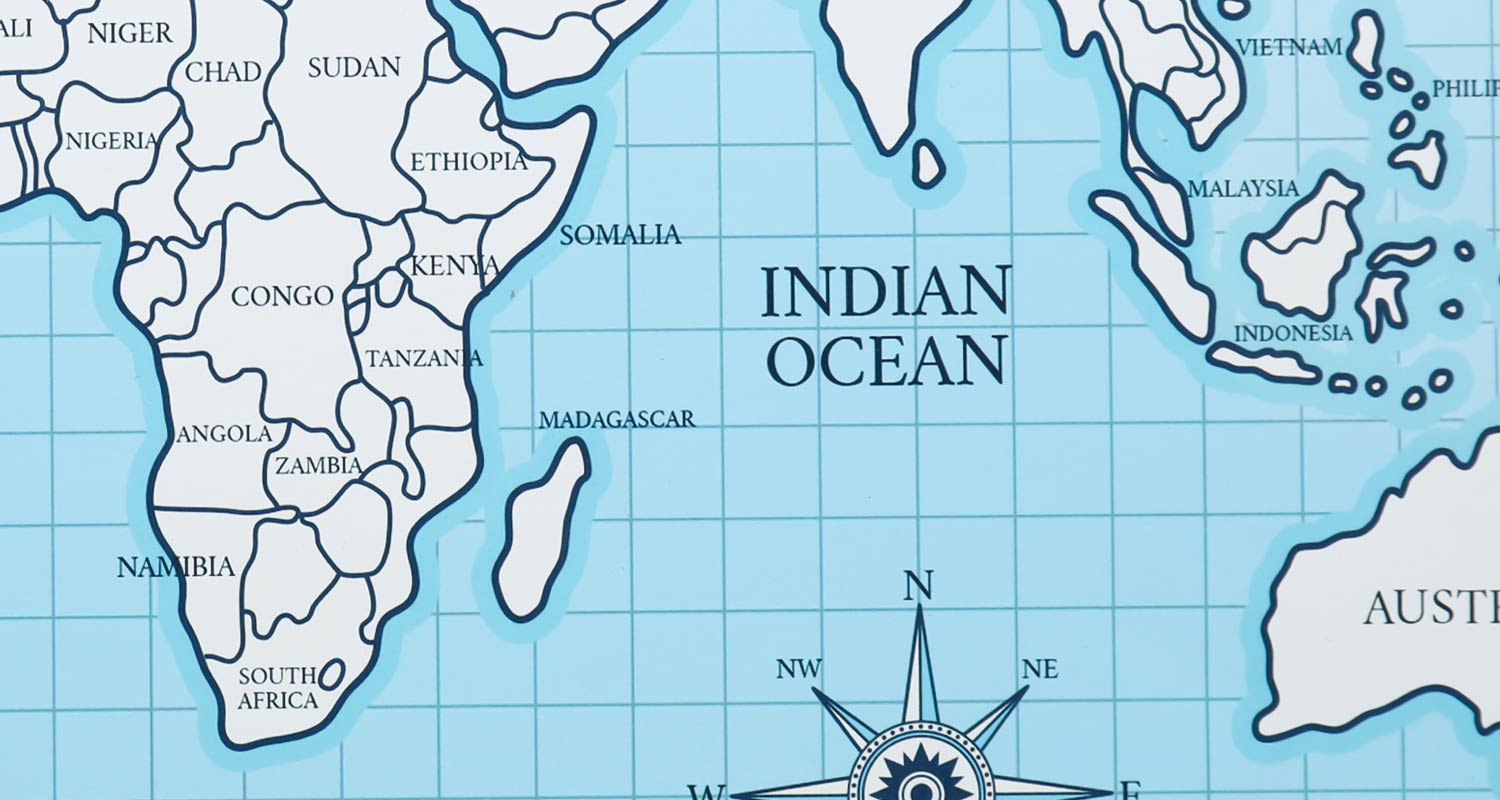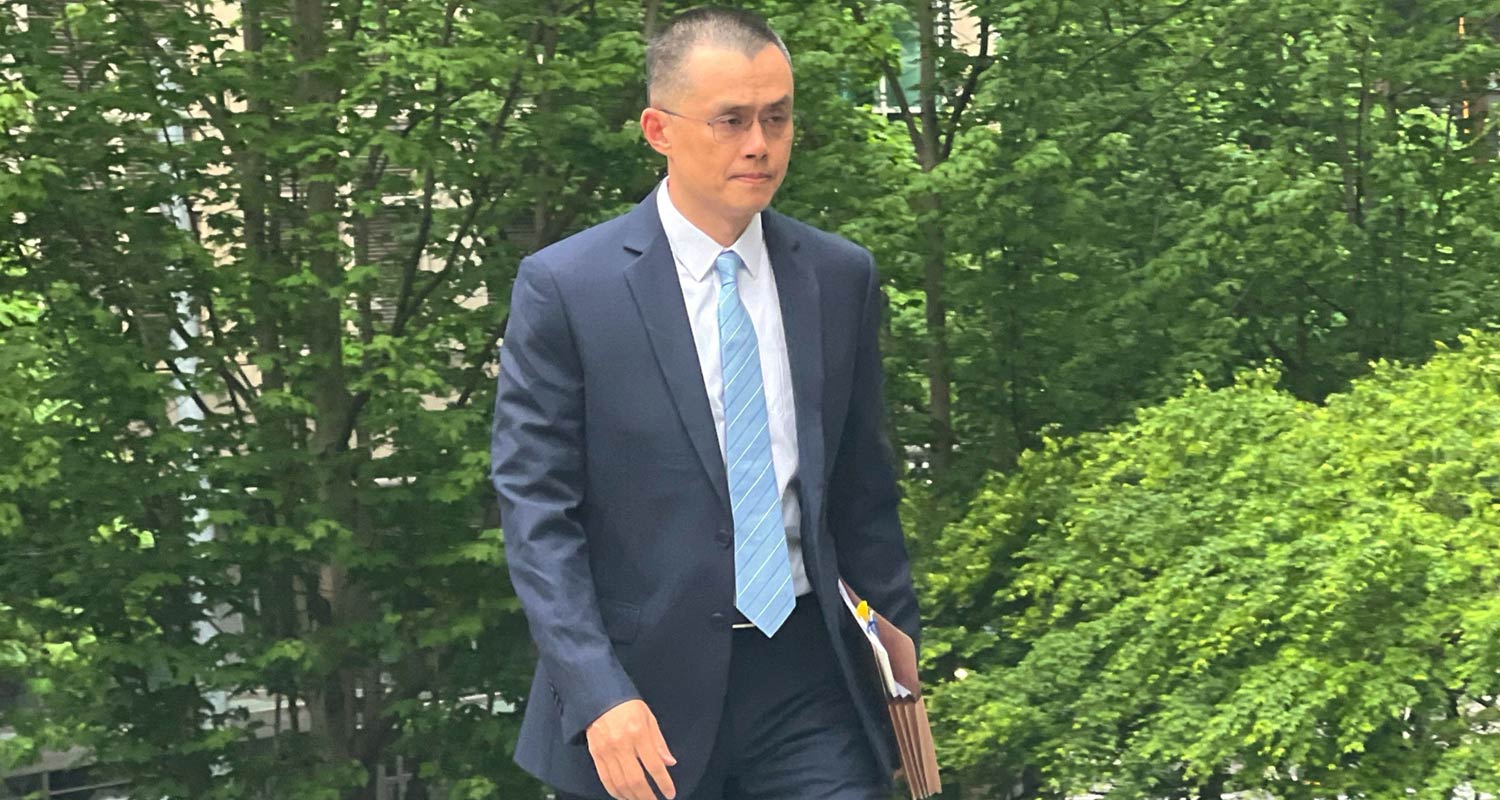In 1994, apartheid ended and the ANC won South Africa's first-ever democratic elections, promising "Electricity for All" as part of its Reconstruction and Development Programme .
Back then, only 36% of all South Africans had electricity in their homes. The development programme promised to double that number by electrifying an additional 2.5 million homes by 2000.
This seemed achievable - during the 1980s, the state-owned power utility Eskom's build programme was so aggressive it had surplus electricity. Some power stations even had to be mothballed . By 1994, South Africa's coal industry was generating high-quality coal which was exported mainly to Europe. These earnings cross-subsidised low-quality, inexpensive coal provided by mines built next door to the coal-fired power stations, which was delivered affordably by conveyor belt. These factors made electricity very cheap.
Thirty years later, Eskom is the biggest challenge facing the country. It has a huge debt of over R400-billion despite receiving over R270-billion in government bailouts since 2008. Besides this, anyone who is 17 or younger has never experienced what it means to live without regular scheduled power cuts. These are a permanent feature of daily life and are causing an economic crisis.
I have researched transitions for 30 years . If the South African government does not want to repeat the mistakes of the past, it must urgently end the current crisis by shifting decisively towards a renewable energy economy based on South Africa's extraordinary wind and solar resources.
What went wrong READ: Load shedding crisis: government 'should be ashamed'Exports were dependent on cheap electricity, however, so new power stations were never built. The white paper was accurate in predicting when the country would run out of power. Scheduled power cuts began in 2007 and have continued ever since. The then-president, Thabo Mbeki, apologised in 2007 for ignoring the need for new power stations.
In 2008, Mbeki was ousted and Jacob Zuma came to power. This heralded the beginning of the state capture period. In 2010, the government took out its first big loan - of US$3.75-billion - from the World Bank to build two new coal-fired power stations, Medupi and Kusile. A shadow state was built, setting its sights on corruptly benefiting from the build. Zuma also concluded a deal with Russian President Vladimir Putin to build a fleet of nuclear power stations. Fortunately, when environmental activists took this to court , the deal was ruled illegal.
At the same time, an Independent Power Producers Procurement Office was set up in 2010 to procure renewable energy as part of the wider Renewable Energy Independent Power Producers Procurement Programme . It rapidly expanded into a large number of renewable energy projects with a capacity of 6.2GW. Put into perspective, South Africa's total coal-generated electricity capacity today is 48GW.
In 2015, after this programme opened its fourth round of bids and selected 13 new renewable energy providers , Eskom's two CEOs, Brian Molefe and Matshela Koko, refused to sign the power purchase agreements . This was the apex of the government's failure to address the energy crisis. The factories that had opened to manufacture windmills and solar panels started to close down .
This was a fatal error. If the Eskom CEOs had signed the power purchase agreements, it would have brought online 5GW of renewables . That would have eliminated 95% of the load shedding that South Africa has today.
The current dilemmaAfter becoming president in 2018, Cyril Ramaphosa merged the mineral resources and energy portfolios and the new minister, Gwede Mantashe, released an Integrated Resource Plan in 2019 . This provided for a very large increase in the number of renewables and the closure of several coal-fired power stations. But Mantashe later delayed the procurement of renewables, deepening the crisis at Eskom.
Pravin Gordhan, the minister of public enterprises and main shareholder representative for Eskom, said the solution was the unbundling of Eskom, provided for in the Eskom road map released in 2019 . But unbundling took a long time. Dividing the utility up was approved in 2019 but the National Transmission Company was only set up in 2024.
By 2020, then-Eskom CEO Andre de Ruyter realised that unless large quantities of generating capacity were brought online very quickly, there would be permanent scheduled power cuts by 2025. (These became part of daily life sooner - by 2023.)
Coal and nuclear plants could not be built quickly enough to end the permanent power cuts, but it takes about two years to build a wind or solar farm, De Ruyter argued. He later resigned from Eskom after Mantashe accused him of treason for allowing power cuts to happen.
The power cuts continued, and by 2023 had rea









